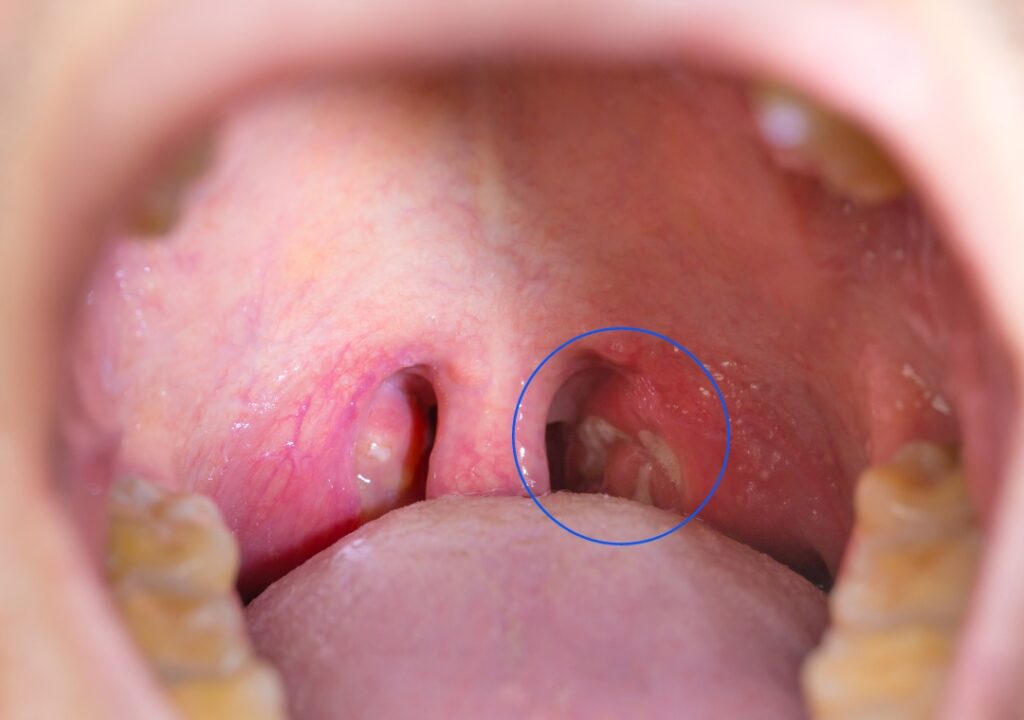As we’ve all been wearing masks over the past year, many of us have gotten a lot more up close with our breath, and realized it might not be the best. Gum and mints only act as a temporary solution for bad breath (halitosis) , but can help in a pinch. Many people suffer from bad breath, but it can cause embarrassment or in severe cases, even anxiety. It can also have an effect on self esteem. Having good personal hygiene to treat and prevent bad breath is important. Below we’ll discuss some common causes of bad breath and how to address them.

Poor Oral Hygiene/Lack of Professional Dental Care
In addition to good home care habits, making sure you are regularly seeing a dentist and hygienist is important. Twice a day, removing plaque and bacteria (with brushing and flossing) is imperative to prevent a buildup of odor causing bacteria. If food is left in the mouth to break down, that process will also increase odor, which is why removing it daily is essential. Rather than cleaning your tongue with your booth brush, invest in a tongue scraper, as it does a better job and the tongue is home to many bacteria. In addition, having a professional dental cleaning regularly, removes calculus where bacteria hide both above and below the gumline. Reducing the overall amount of bacteria will ensure fresher breath.
Tobacco Use
Tobacco of any kind, smoking or smokeless, contributes to their own kind of bad breath. They also greatly increase the risk of gum disease, which again produces its own halitosis.
Infections
As stated above, gum disease can produce a distinct smell as can other oral infections. These could include an abscess, tooth decay or infected surgical wounds.
Dry Mouth
We all know the bad smell of “morning breath” . You can thank dry mouth in part for that. Overnight our mouths dry out, more so for mouth breathers and sometimes with a CPAP machine. Other people suffer from chronic dry mouth, read more about that here. Saliva acts as a cleansing agent and helps to maintain a balanced pH in the oral cavity. The mouth becomes more acidic when we lack saliva. Which is a great environment for odor causing bacteria.

Nose & Throat Conditions
These conditions can include, post-nasal drip, allergies, sinus infections, acid reflux, tonsillitis or tonsil stones. Tonsil stones are small white/yellow bits of food and debris covered in bacteria that become trapped in the folds of the tonsils. Upon close examination you may be able to see them, you may also notice them becoming dislodged on their own.
While this list isn’t all encompassing, it’s a good place to start to try and get your bad breath under control. If you notice that you are suffering from halitosis or you’re chewing more gum than normal, it’s a good time to look at your habits. If you feel like you’re doing everything right with your homecare but still can’t get a handle on bad breath odor, please discuss your concerns with your dentist and/or hygienist at your next appointment!
References
Mayo Clinic
https://www.mayoclinic.org/diseases-conditions/bad-breath/symptoms-causes/syc-20350922


